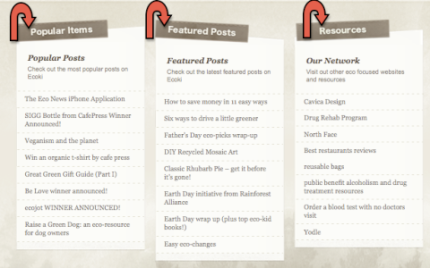According to the 2010 Social Media Marketing Report , 67% of marketers plan to increase their use of social media channels including blogs, Twitter, and Facebook……
As more companies integrate social media into their marketing and communications plans, emphasis needs to be on creating a social media strategy. Also most web designers and developers realize the impact social media networking has on the web industry, but unfortunately, very few amongst these use this means to promote their profession and find more projects. There are great possibilities using social networks that can boost your business, create sales and more leads.
Normally Facebook and Twitter are two of the most common and important social networks that can be used to promote people / company brand, and allow many technique applications can be used on them. Now introduce another popular one: LinkedIn. I am also not familiar with this one. So should be a good chance, isnt it? 🙂
#LinkedIn’s power
LinkedIn is a social networking website designed for business professionals. It allows you to share work-related information with other users and keep an online list of professional contacts.
Like Facebook and MySpace, LinkedIn allows you to create a custom profile. However, profiles created within LinkedIn are business-oriented rather than personal. For example, a LinkedIn profile highlights education and past work experience, which makes it appear similar to a resume. Profiles also list the your connections to other LinkedIn users, as well as recommendations you make or receive from other users.
By using LinkedIn, you can keep in touch with past and current colleagues, which can be useful in today’s ever-changing work environment. You can also connect with new people when looking for potential business partners. While people outside your personal network cannot view your full profile, they can still view a snapshot of your education and work experience. They can also contact you using LinkedIn’s anonymous “InMail” messaging service, which could lead to new job opportunities.
If you are still blur, get a quick view on the next video play.
However, it is not good enough when you just had these tools, you must help yourself or your group / company to develop the relevant and suitable social media strategies. So below I introduce 7 steps for a successful social media strategy:
- Determine Your Goals and Objectives
- Research, Research, and Research some More
- Create a Digital Rolodex of Contacts and Content
- Join the Conversation to Develop Relationships
- Strengthen Relationships
- Measure Results
- Analyse, Adapt, and Improve
For more details, please click me.
To sum up, people need to use social networking to prove their worth and the value of their work., which may involve actually giving them professional advice and help for free.
References:
LinkedIn
Social Media Examiner










